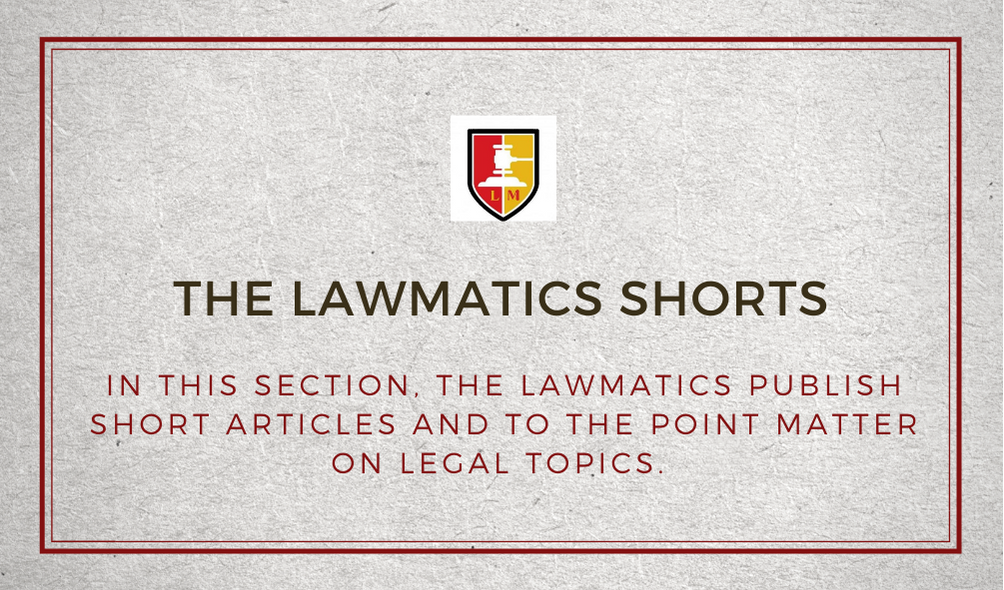
Section 34
Section 34 is a very important section of IPC. Book authors took plenty of pages to discuss it. Teachers also take a good amount of time while teaching it. Because this section read with almost all offences in IPC which creates substantial offence.
For example, if more than one person committed any offence either murder or grievous hurt or any other offence in furtherance of common intention. It will be read as- for murder- section 302 read with section 34- 302/34.
Explanation of section 34
The most suitable way to understand section 34, is to read case illustrations on it. The more we read the more we can learn the essence of it and difference between its essential and essentials of other sections.
Section 34 provides that,
When a criminal act is done by several persons, in furtherance of the common intention of all, each of such persons is liable for that act in the same manner as if it were done by him alone.
ILLUSTRATION- CASE LAWS
Where accused persons on going together to a village attacked a victim and cause his death and after having achieved the object try to escape together, they act in close concert and harbour the common intention of beating the deceased. To such a case S. 34 does apply.
Essentials-
Two elements are necessary to fulfil the requirements of S. 34.
One is that the person must be present on the scene of occurrence and,
Second is that there must be a prior concert or a pre-arranged plan. Unless these two conditions are fulfilled, a person cannot be held guilty of an offence by the operation of S. 34.
But following essentials also should be compiled with-
- Act, which was done, is an offence,
- Done by several person
- Had common intention to do that act
- And that act was done in furtherance of that common intention
What is common intention under section 34?
Common intention pre-arranged plan which was shared by them and this intention was known to any person who present there. but A pre-arranged plan does not mean that there should be a conference where resolutions are moved and a decision arrived at to commit a particular crime, the plan might have been arranged just half a minute before the actual beating started.
This common intention may be developed at the spur of the moment when crime was intended to be done, but, it must be anterior in time to the commission of offence.
So, it is difficult to get direct evidence of the common intention and mostly court assume common intention from the act and circumstances of the case.
Illustration: Case Law
In a tenancy dispute accused persons attacked deceased and his family members. The accused persons brought deadly weapons from house by which other accused attacked. Accused gave only one lathi blow on arm of deceased. In the circumstances of the case, common intention to commit murder was held as established. (Joginder Singh v. State of Haryana, 1995 SCC (Cri) 178)
What is the difference between similar intention and common intention?
Here it is relevant to know that common intention is different from common intention.
Common intention, as we wrote above, means pre-arranged plan or pre-meeting of mind to commit any particular crime. Thus, if some person came with lathis to beat a person, they had common intention but during the beating, some other person also joined them just to beat them due to any other purpose then those other had similar intention.
Illustration: Case Laws
In a case the deceased was injured by one accused and he died as a result of injury caused by gun shot fired by another accused. It was held that both accused could be said to have shared similar intention to kill but mere presence together is not sufficient to hold that they both shared common intention to commit the murder. (State of U.P. v. Rohan Singh, 1996 CrLJ 2884 (SC))

